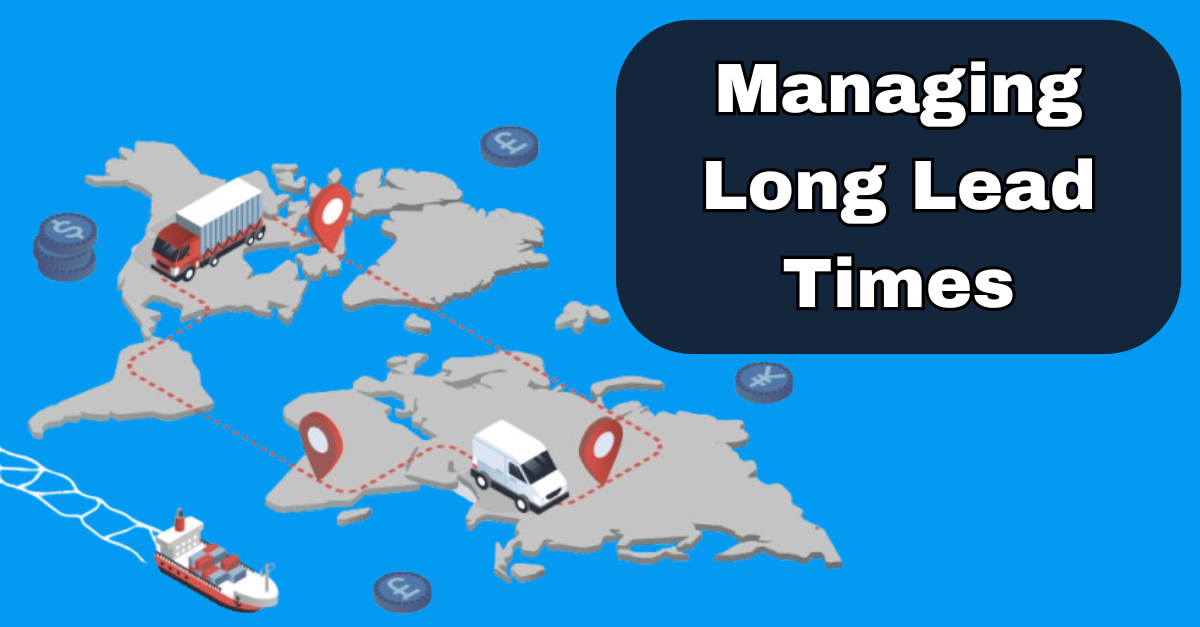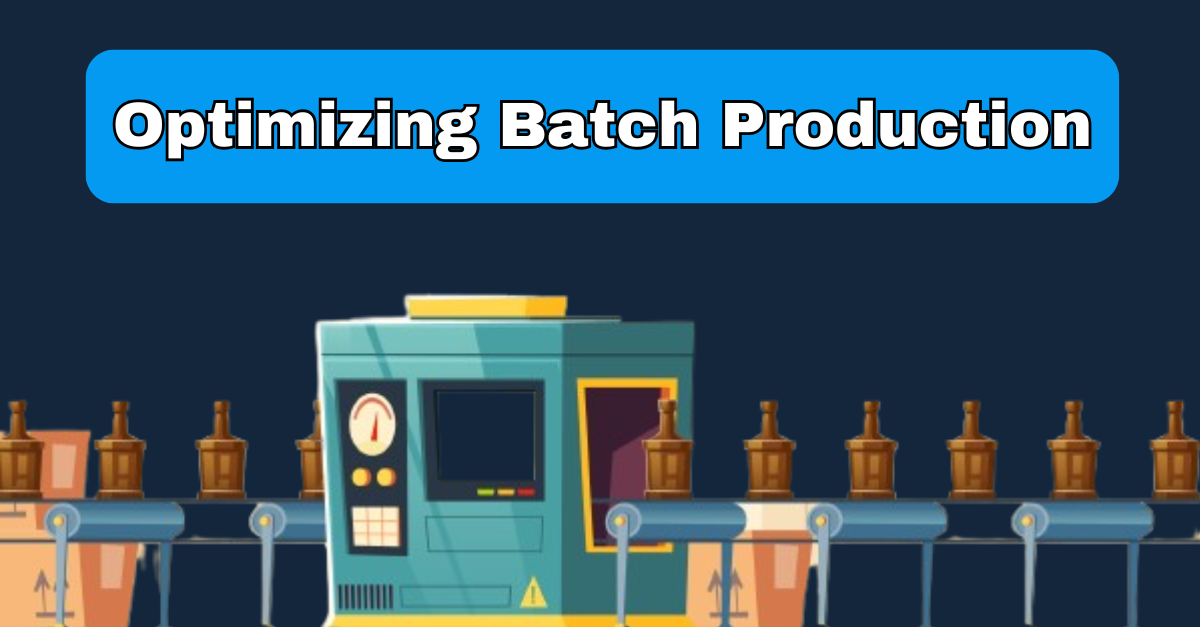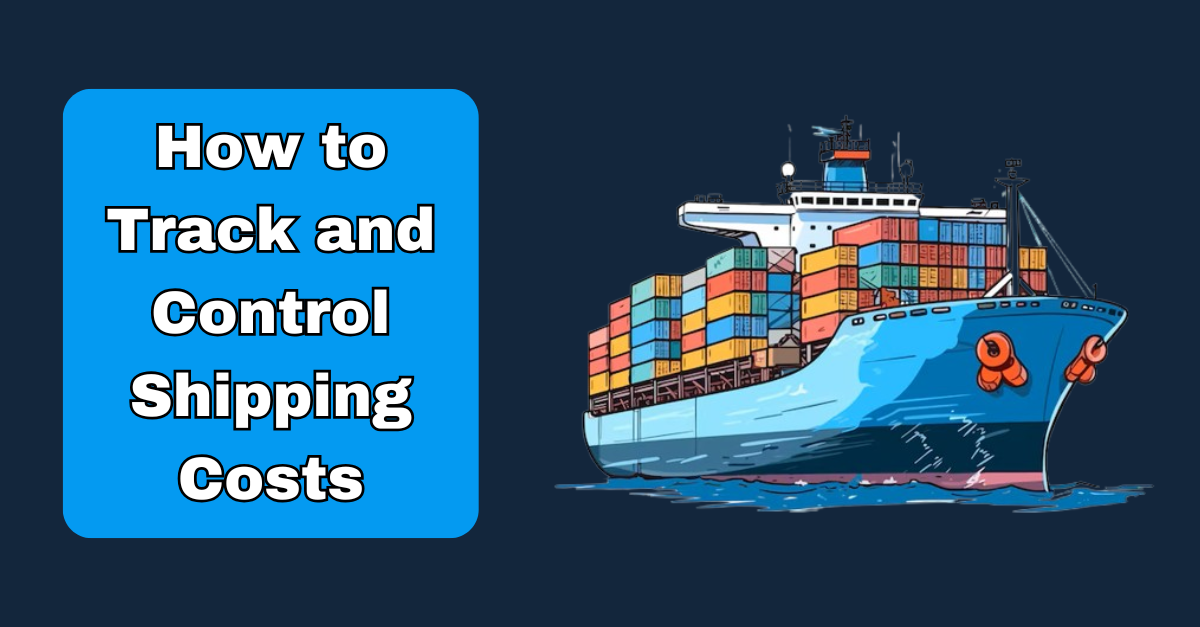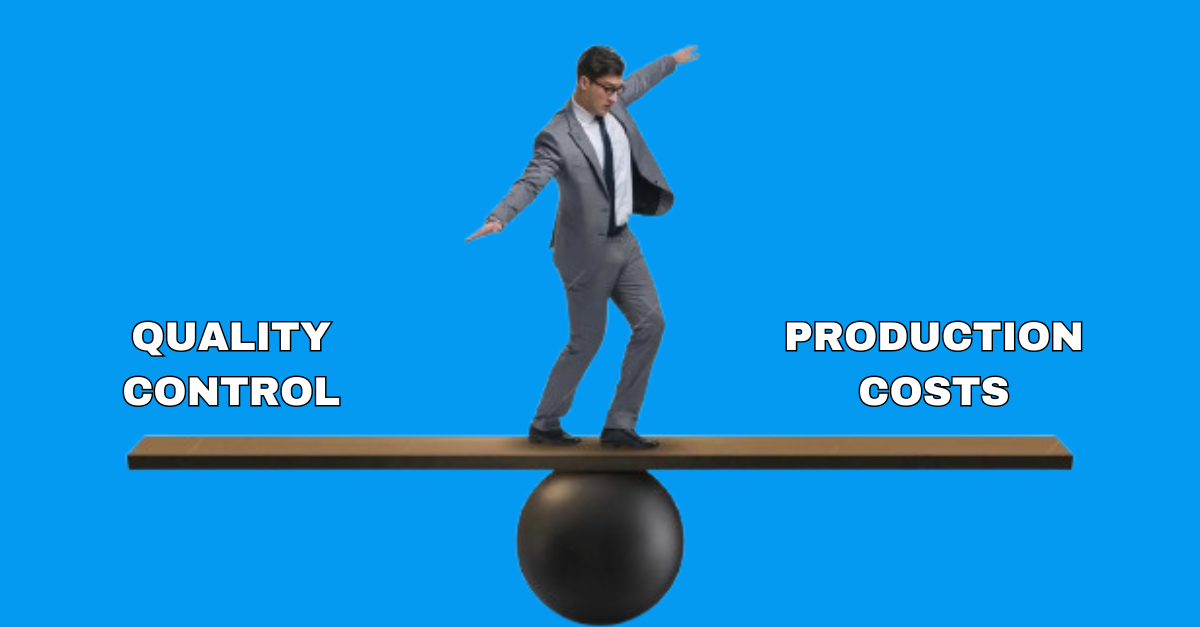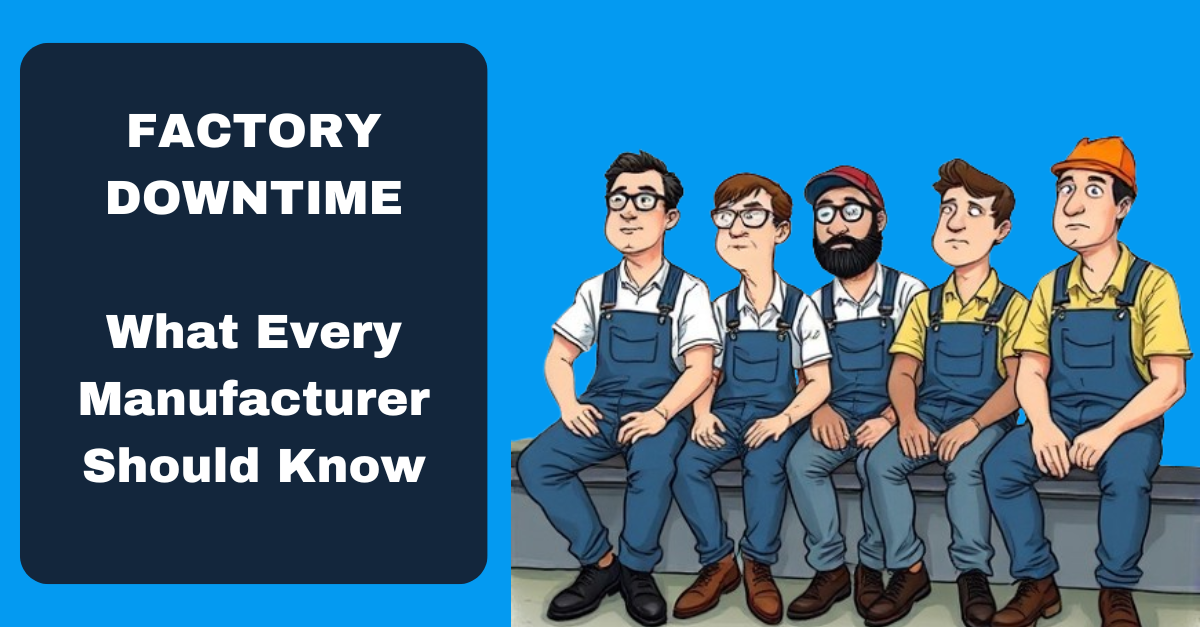In the wake of advancing technology, virtual reality (VR) has emerged as an influential force, reshaping the way visualizations and training unfold. This transformative tool is offering fresh perspectives on how we comprehend and educate in the supply chain domain. This article is dedicated to exploring the impact of VR in redefining supply chain training.
1. Enhancing Training: VR offers immersive training experiences, enabling supply chain professionals to learn and practice new skills within a controlled virtual environment.
2. Visualizing: VR generates realistic 3D models of supply chain processes, allowing stakeholders to grasp intricate systems beyond traditional 2D representations.
3. Enabling Collaboration: VR fosters remote collaboration among supply chain teams, allowing teams to work together in a virtual environment.
4. Optimizing Planning: VR simulations enable the testing of diverse supply chain scenarios, aiding in process design optimization and the identification of potential bottlenecks and inefficiencies.
Virtual reality (VR) introduces a hands-on approach to supply chain training. It immerses trainees in virtual environments that mirror real-world scenarios. For example, warehouse employees can practice operating forklifts and managing inventory in a risk-free virtual warehouse. VR also simulates scenarios like sudden demand changes, equipment breakdowns, and supply disruptions, allowing trainees to develop critical thinking and problem-solving skills. Additionally, VR aids supply chain managers in decision-making processes, helping them evaluate strategies and understand the impact of their choices on overall supply chain performance. This immersive experience fosters better decision-making skills and insights for efficient supply chain optimization.
Traditional training methods often demand a multitude of resources, involving physical setups, costly equipment, and the absence of experienced staff from the work floor. Yet, organizations can overcome these challenges by embracing Virtual Reality (VR) for training. The transition is straightforward and scalable, eliminating training costs effectively. VR not only saves time and money but also offers cutting-edge learning prospects to the workforce.
In any industry, human errors are inevitable, and off-days are common. VR introduces a factor of consistency that guarantees every learner encounters the same high-quality experience during onboarding and training. All employees receive uniform information and directions to adhere to Standard Operating Procedures (SOPs).
It's crucial to recognize that the caliber of employee performance hinges on the quality and effectiveness of training. In this realm, VR shines as a reliable tool, revolutionizing the training landscape and ensuring optimal outcomes.
Sources
Roundtable Learning - Warehouse training Demo
How VR is Changing Supply Chain Training
The new era of training: Incorporating AR and VR in the supply chain


